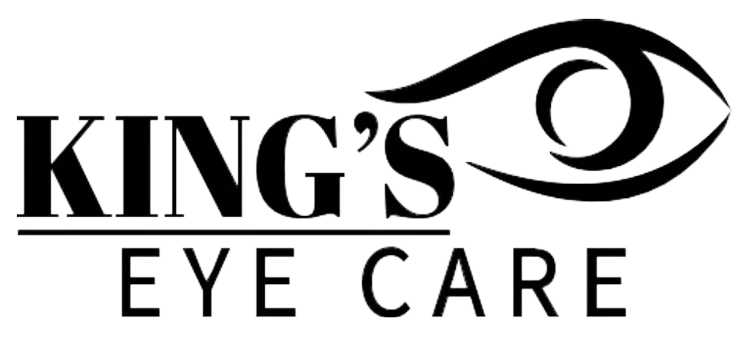Glaucoma, often referred to as the "the silent blinder," is a group of eye diseases characterized by damage to the optic nerve, typically caused by elevated pressure within the eye. This condition is a leading cause of irreversible blindness worldwide, affecting millions of people, yet it often progresses without noticeable symptoms until vision loss has already occurred. Vision loss often starts with peripheral vision first, causing a "tunnel vision" effect. Understanding the basics of glaucoma, including its risk factors, types, and importance of early detection, is crucial for preserving vision and maintaining eye health.
Types of glaucoma:
- Primary Open-Angle Glaucoma (POAG): This is the most common type, characterized by gradual damage to the optic nerve due to increased intraocular pressure. Treatments include eye drops, oral medications, laser therapy, or surgery to reduce intraocular pressure.
- Narrow-Angle Glaucoma (NAG): This type of glaucoma occurs when the angle between the cornea and iris narrows, leading to a increase in intraocular pressure. NAG is more common in females, farsighted eyes, and patients over the age of forty. When narrowing of the angles is suspected, a procedure called Gonioscopy is performed to visualize the angle to determine if the drainage area is too narrow, risking the development of glaucoma or could close off completely, causing Angle-closure glaucoma. If the risk is high, a prophylactic procedure called a Laser Peripheral Iridotomy (LPI) may be recommended to create a small opening allowing pressure to release and in some cases opening the angle, reducing the risk of closure as well as glaucoma development.
- Angle-Closure Glaucoma: In this type, the fluid drainage angle within the eye becomes blocked/closed, leading to a sudden and severe increase in intraocular pressure. Treatment usually involves emergency medication to lower pressure, followed by laser iridotomy or surgical procedures to create a new drainage pathway. This form usually comes with symptoms of pain, blurred vision, redness, pressure feeling, and nausea.
- Normal-Tension Glaucoma: Despite normal intraocular pressure, optic nerve damage occurs in this type of glaucoma. Treatment typically involves medications to lower intraocular pressure or improve blood flow to the optic nerve. This form is more rare, and your doctor may recommend further testing, such as CT scans/MRI or blood work to rule out other causes of optic nerve damage.
- Secondary Glaucoma: This type develops as a result of other eye conditions, such as trauma, inflammation, or tumors. Treatment depends on the underlying cause but may include medications, laser therapy, or surgery.
- Congenital Glaucoma: Present at birth or early infancy, this type is caused by abnormalities in the eye's drainage system. Treatment often involves surgical procedures to improve drainage and preserve vision.
- Pigmentary Dispersion Glaucoma (PDG): Characterized by pigment dispersion and accumulation in the eye, leading to increased intraocular pressure. This type often is described as Pigmentary Dispersion Syndrome (PDS) if the signs of pigment changes exist without glaucoma and may be monitored without treatment. In some cases, testing can be done to determine if the shape of the iris is the cause of the PDS, and if confirmed, an LPI could be recommended, which can significantly lower your risk of developing PDG. Treatment of PDG is similar to other forms of glaucoma, if developed.
Each type of glaucoma requires personalized treatment based on the severity, underlying causes, and individual patient factors. Regular eye exams and early detection are essential for managing glaucoma effectively and preserving vision. At King's Eye Care, we use highly advanced technology such as Optical Coherence Tomography (OCT), automated threshold visual fields, pachymetry and corneal hysteresis, and gonioscopy to determine risks and type of glaucoma.

